Winter Reading List 2018
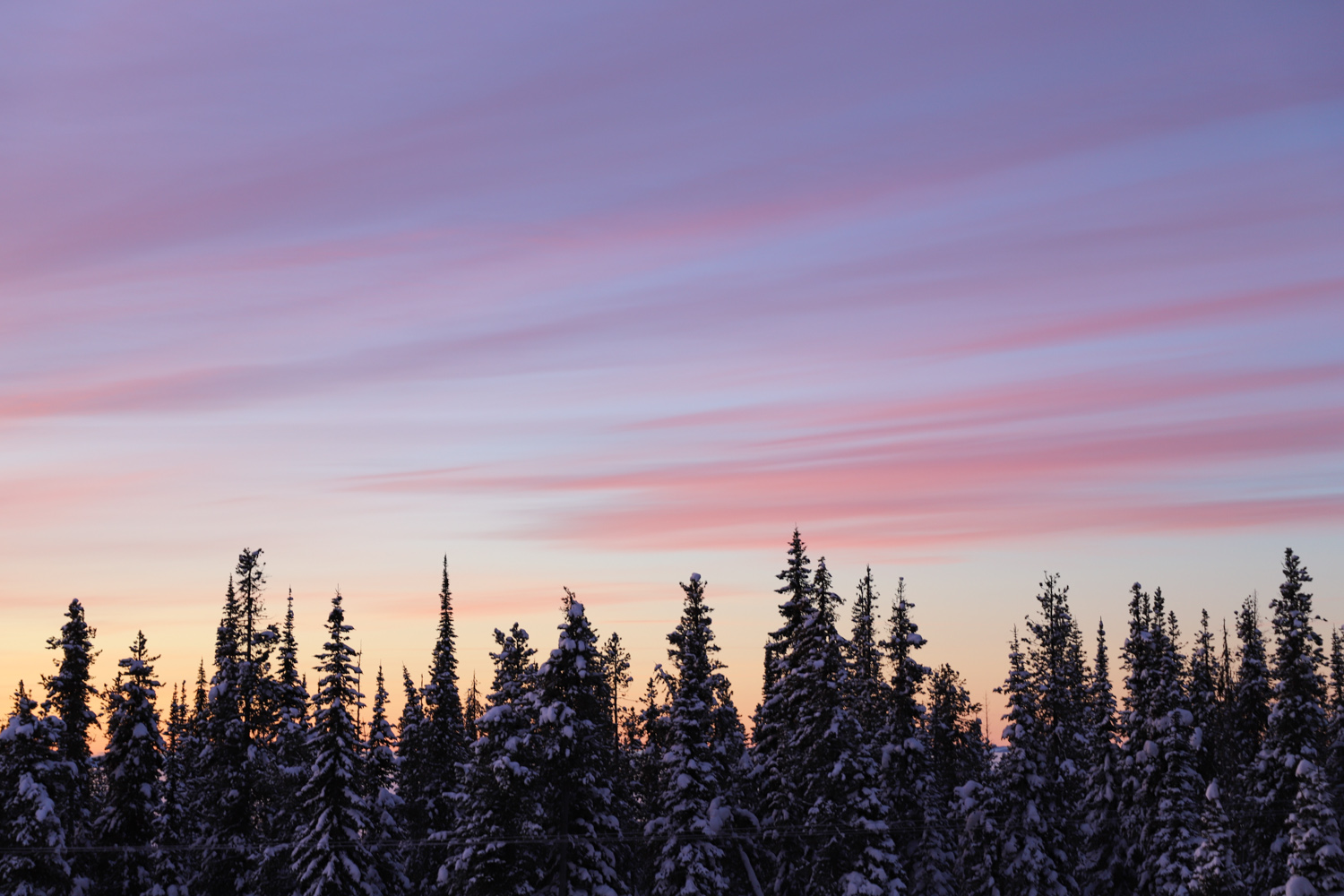
Our 2018 Winter Reading List
It’s the season of setting resolutions, and one of ours is to read more.
This curated selection of books aims to feed our curiosity and continuing desire to be informed and inspired. We’re covering topics from conservation and personal growth to feminism and murder in the grand canyon, with social issues and history in the mix – all by women authors.
Here’s to putting our phones down more often in favor of the printed page, and to widening our worldview with the words of others:
Braving the Wilderness: The Quest for True Belonging and the Courage to Stand Alone by Brené Brown
Brené Brown has been teaching us about the power of vulnerability for a while now, but this book takes a different look at the belonging we feel in our places of work, communities, and larger culture.
“When we are willing to risk venturing into the wilderness, and even becoming our own wilderness, we feel the deepest connection to our true self and to what matters the most.”
Trace: Memory, History, Race, and the American Landscape by Lauret Savoy
The American Landscape is naturally blessed, and culturally scarred by migration, displacement, divisions, and loss. Lauret Savoy examines the marks left on history and also herself. She intertwines her personal history with geology and history to understand the roots of her African American, European, and Native American ancestry. It feels important to reexamine the histories we inherit.
Found: A Life in Mountain Rescue by Bree Loewen
Loewen is a wife, mother, and leader of Seattle Mountain Rescue – a volunteer-based search-and-rescue operation in the close-knit outdoor community of Seattle. This is her memoir of a life in rescue in the Washington Cascades – a contrasting story of intensely beautiful landscapes and sometimes harrowing rescue operations.
Pure Land: A True Story of Three Lives, Three Cultures and the Search for Heaven on Earth by Annette McGivney
Pure Land is the story of the most brutal murder in the history of the Grand Canyon. Annette McGiveny originally covered the crime for Backpacker magazine, and after the coverage ended she totally immersed herself in it – traveling to Japan and the depths of the Grand Canyon in the process. While she dives deeper into the murder with her book, McGiveny also explores the tangled web of history and future for the three stories she intertwines: the victim, the murderer, and herself.
Red: Passion and Patience in the Desert by Terry Tempest Williams
This book is fifteen years old and more relevant than ever. Conservationist writer and eloquent activist, Terry Tempest Williams, examines the war being waged in the west over public and private uses of land.
“The eyes of the future are looking back at us and they are praying for us to see beyond our own time. They are kneeling with hands clasped that we might act with restraint, that we might leave room for the life that is destined to come.”
Black Faces, White Spaces: Reimagining the Relationship of African Americans to the Great Outdoors by Carolyn Finney
We know that the outdoors can feel exclusive to certain demographics. It’s something we’ve examined in podcast and interview, but to further understand this gap we’re turning to Carolyn Finney. In this book she looks to many sources from culture and history to understand how nature and the environment are racialized in the U.S. She also looks forward to see what’s shifting and how we can open the door further.
Crazy Brave by Joy Harjo
Joy Harjo is a poet and one of our leading Native American voices. This memoir follows Joy’s life and journey to becoming a poet, grounded in the rituals, myths, and music of her spiritual life and her connection with the natural world.
Big Magic: Creative Living Beyond Fear by Elizabeth Gilbert
“Creativity is sacred, and it is not sacred. What we make matters enormously, and it doesn’t matter at all. We toil alone, and we are accompanied by spirits. We are terrified, and we are brave. Art is a crushing chore and a wonderful privilege. Only when we are at our most playful can divinity finally get serious with us.”
Dirt Work: An Education in the Woods by Christine Byl
Byl began her tenure with the National Park Service on the Glacier National Park trail crew, originally as a temporary job before grad school. She fell in love with the wilderness and the work, and spent the next 16 years as a seasonal park ranger in Glacier and Denali. Broken into vignettes on each region, Dirt Work also explores what Byl discovered about nature, gender, and the value of hard work.
The Turquoise Ledge: A Memoir by Leslie Marmon Silko
Silko takes readers along her daily walks in Arizona’s Sonoran Desert, and examines the spirituality of the natural world with her family history and the creatures that command her attention along the way. So many of us are drawn to the desert that we’re intrigued by the history she brings to the harsh and beautiful landscape.
Beasts of Extraordinary Circumstance by Ruth Emmie Lang
The only novel on our list, Beasts of Extraordinary Circumstance sits in the realm of magical realism. Scottish-born Ruth Emmie Lang spins a tale of a boy raised by wolves – but what we’re more interested in is the friendship he forms with a lonely girl Mary, the magic, what can happen when we’re willing to be vulnerable with another person, and the impact one person can have on the lives of so many.
Note: This list contains Amazon affiliate links. If you make a purchase, we receive a small commission at no cost to you. Thank you for your support!
What’s on your reading list this year?
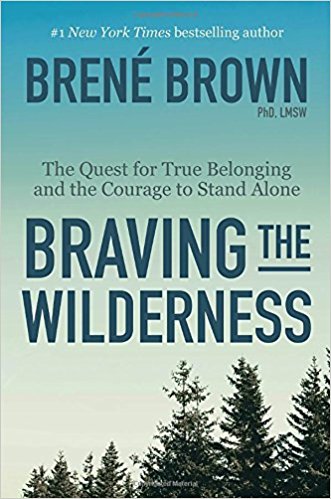
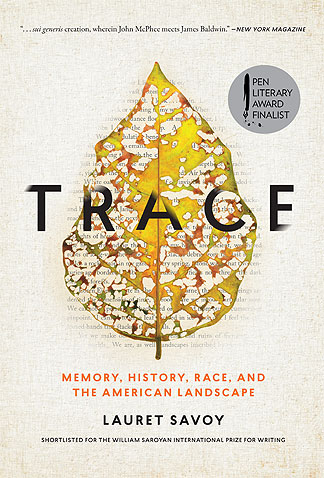
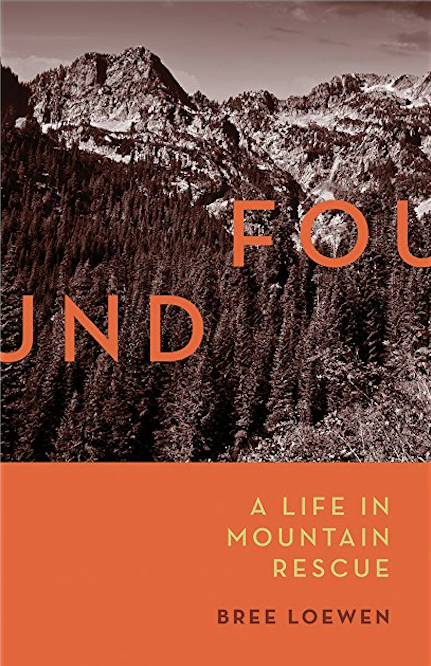
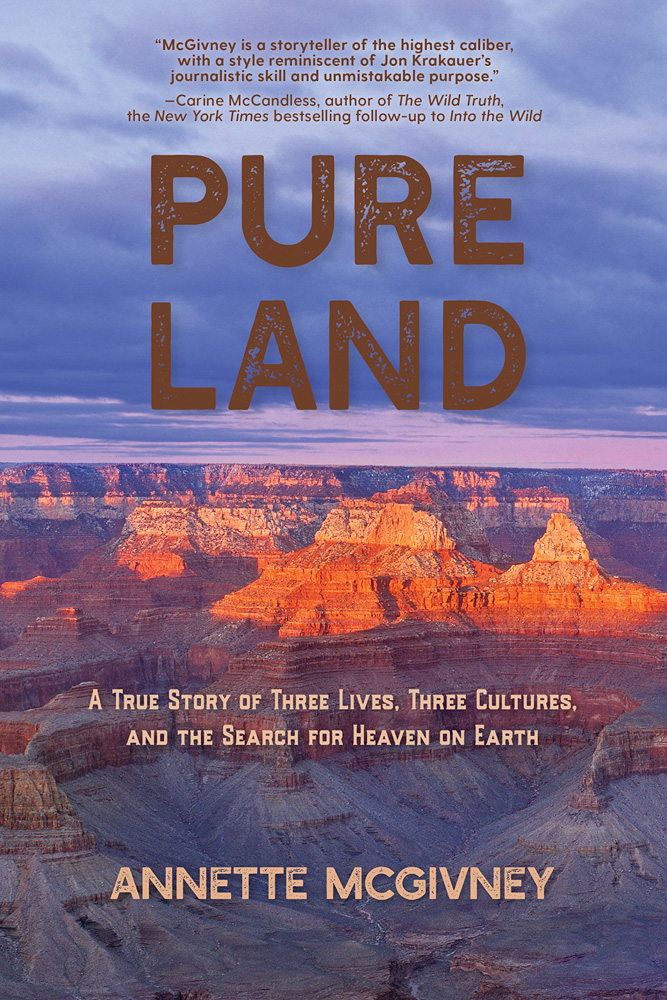
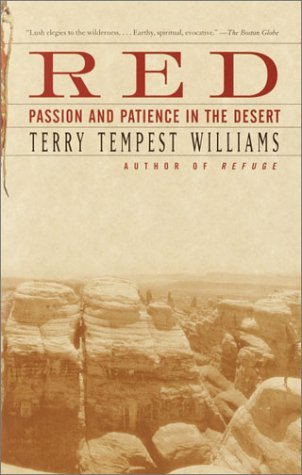
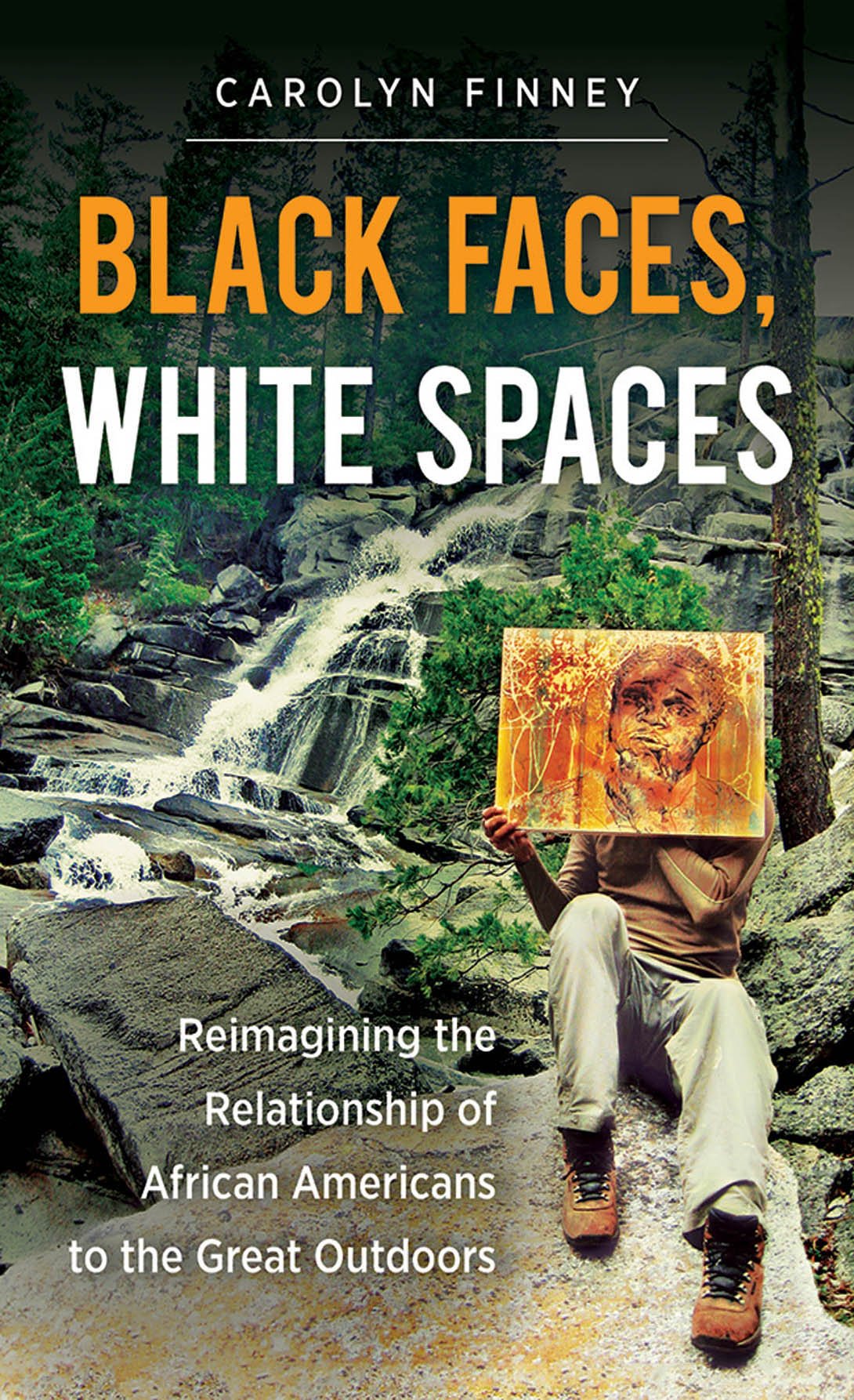
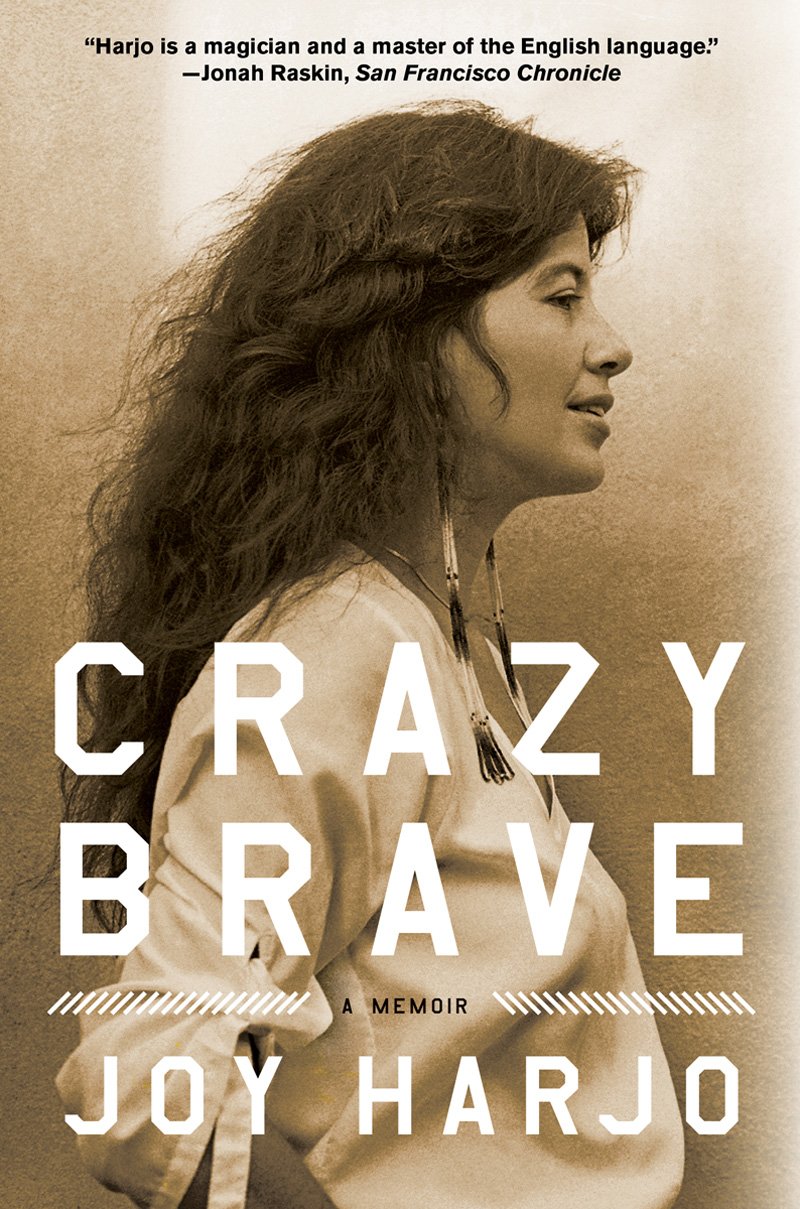

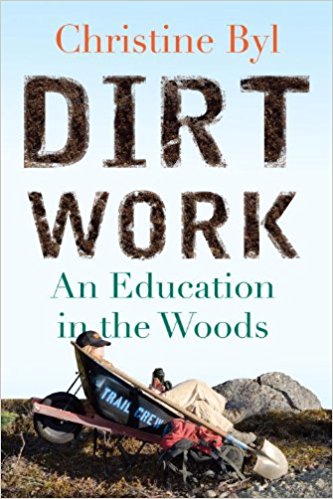
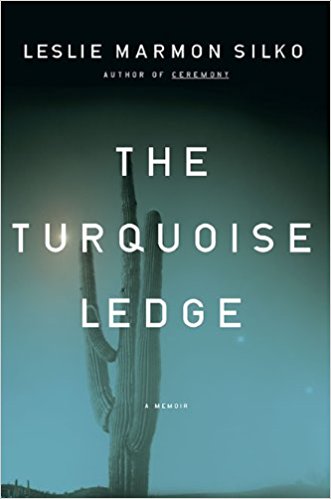
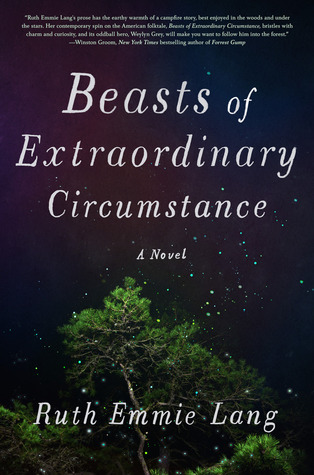
These books look amazing. I remember being told in an environmental literature course that the reason there was not any women on the reading list was because there are just not may women writers who write about the environment. This is a welcomed treat.
I am so excited to add these to the list. I just read Big Magic for the 4th time and seeing this list is keeing the magic momentum going!
I really loved “Welcome to the Goddamn Ice Cube: Chasing Fear and Finding Home in the Great White North”, by Blair Braverman. I can’t find words to explain how great this book was – she talks about fear & vulnerability, and being a woman in the outdoors world. I really identified with her experiences. highly recommend.
This list looks great – definitely checking some of these out!
“Braiding Sweetgrass” by Robin Wall Kimmerer is a beautifully written and intelligently presented story of a native American college educated woman. She melds tradition and science to express her view of the environment. One of my favorites!
What a fabulous list of must-reads by women writing about the natural world and outdoor experience! I loved Christine Byl’s “Dirt Work” and look forward to reading the others. Very glad to see such a diverse list!
Thanks for your comment, Gail! We worked hard to capture a variety of voices. So glad to hear you loved Dirt Work.
Just ordered :
Black Faces, White Spaces: Reimagining the Relationship of African Americans to the Great Outdoors by Carolyn Finney. I use outdoor/experiential education to teach US History as a high school teacher-hiking and camping with my students to historical sites.
If I could suggest another monograph-take a look at The Newcomers: Finding Refuge, Friendship, and Hope in an American Classroom by Helen Thorpe.